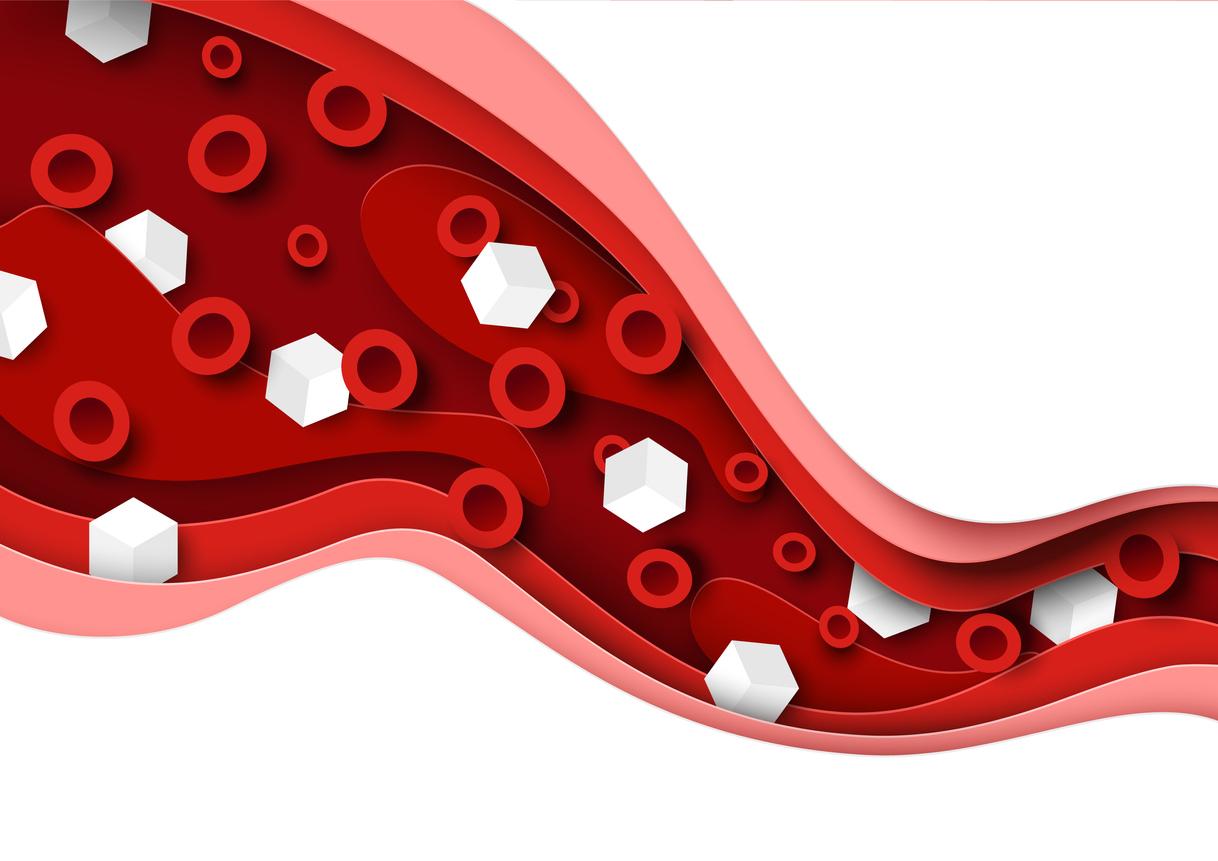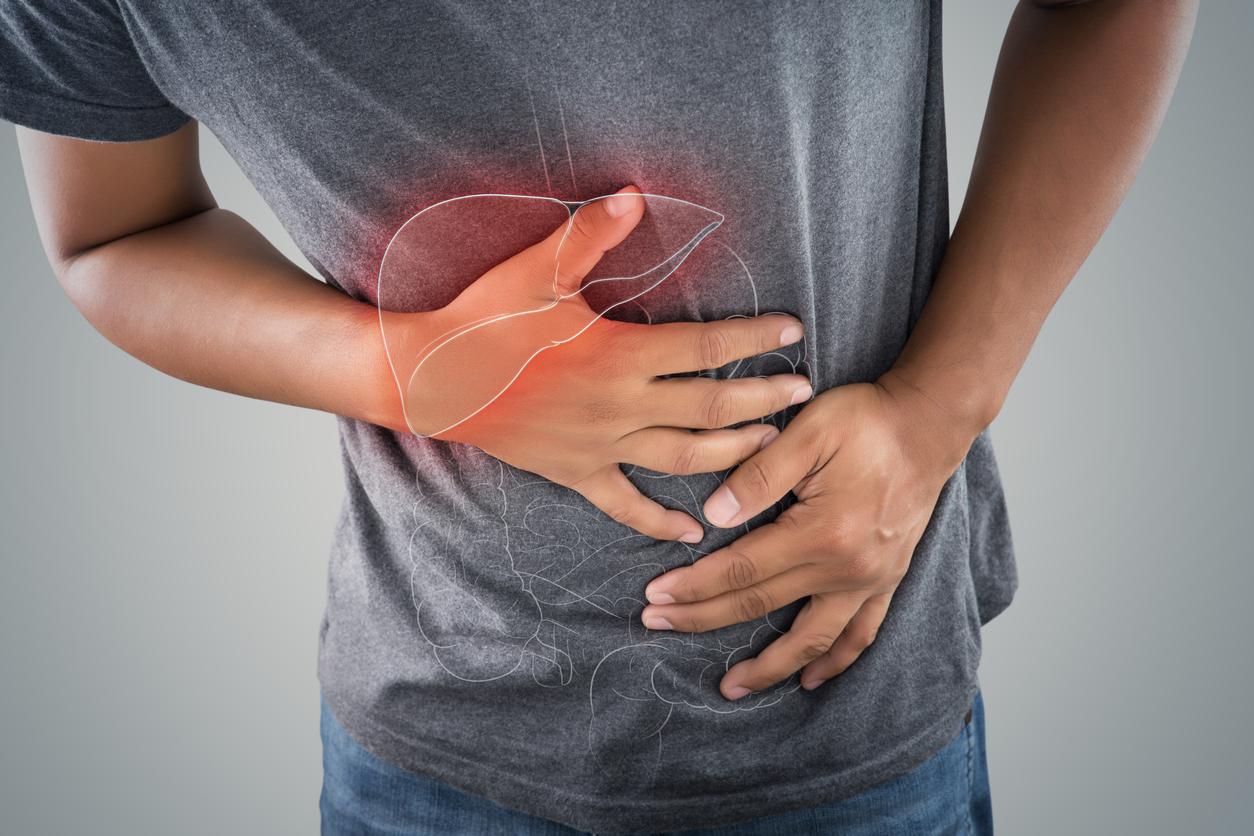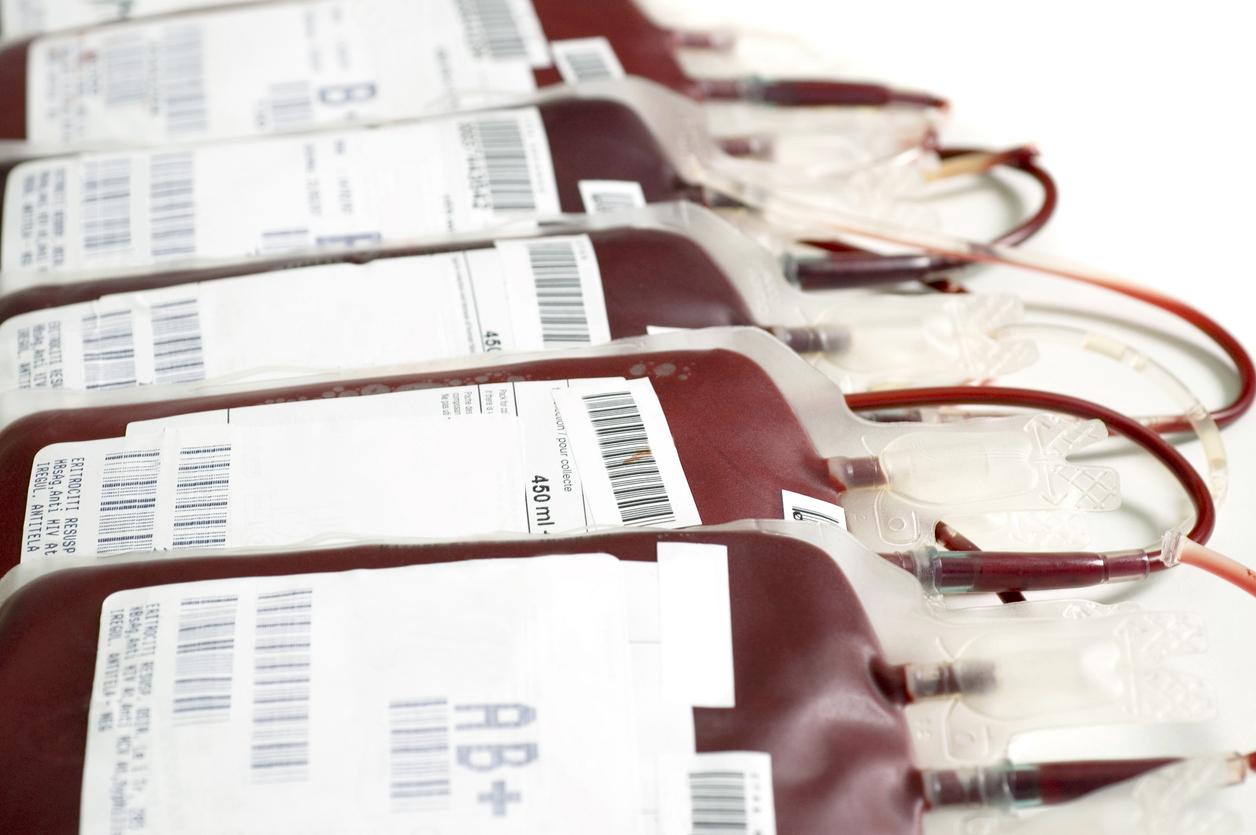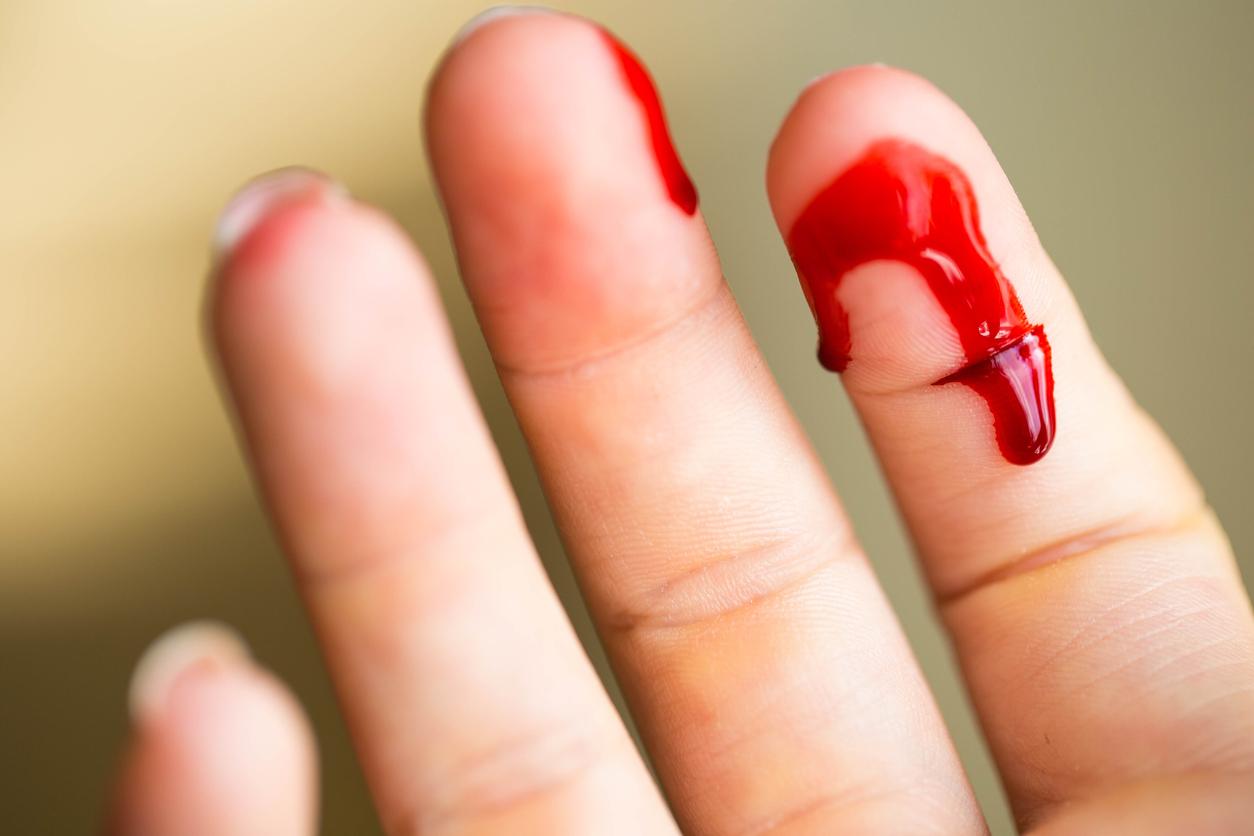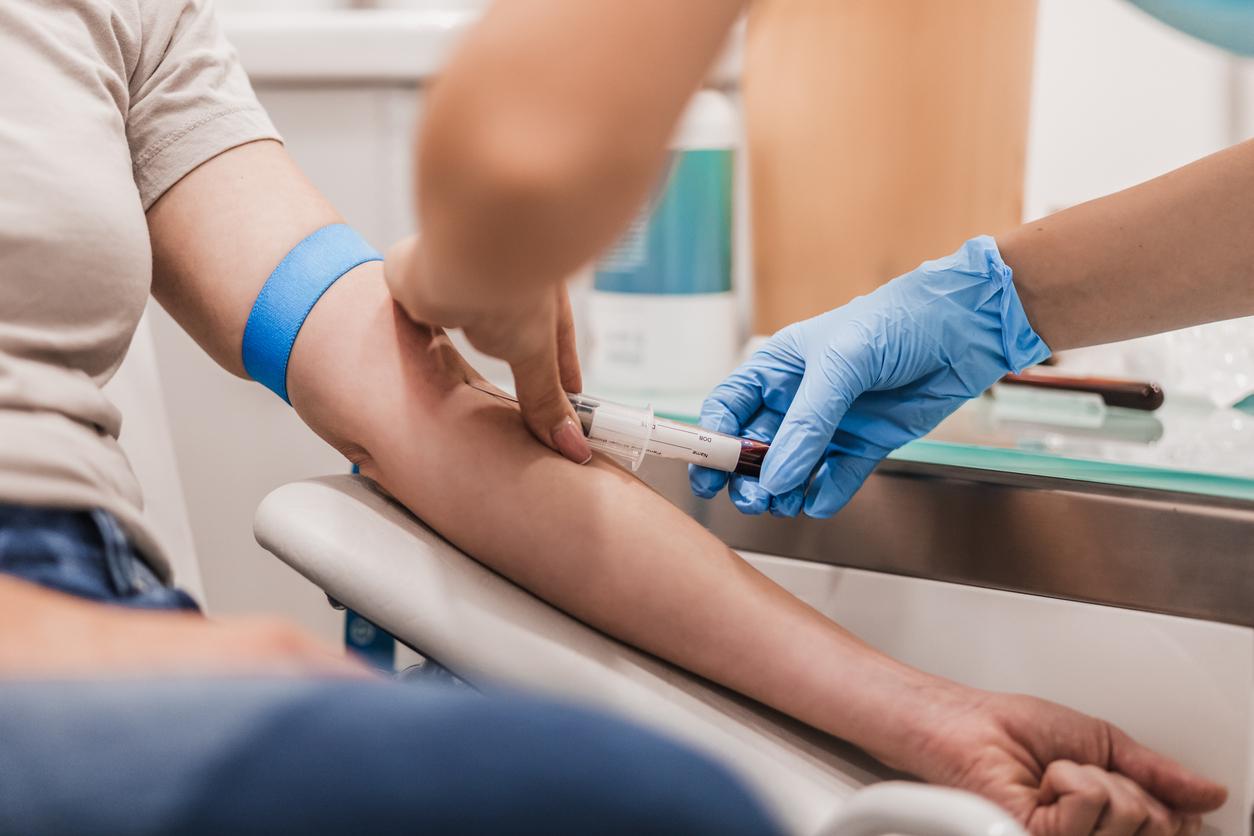Cancer “marker” molecules
Within 5 years, a simple blood test could detect certain cancers. This scientific project led by the Japanese Organization for New Energy and Industrial Technologies (Nedo) will be carried out using the database of 65,000 patients provided by the Japanese National Cancer Center.
Toray Industries Inc and Toshiba, two Japanese companies will analyze these samples of body tissues and sera to check for the presence in the blood of micro-ribonucleic acids (microRNAs), the increase of which is believed to signal the development of a Cancer.
“More than 2,500 varieties of these molecules have been identified in the human body and could serve as” markers “to detect different types of cancer, a method much faster than the battery of sometimes heavy examinations currently existing” explains Tomomitsu Hotta president of the Nedo.
“If we manage to develop the world’s first high-precision test in Japan, it could extend the lifespan of people by several years and contribute to the development of Japanese industries,” Tomomitsu Hotta, president of the center, told the reporter. ‘AFP.
This blood test should help diagnose cancers of the stomach, esophagus, lung, liver, bile ducts, pancreas, colon, ovary, prostate, bladder, and cancers. breast, as well as sarcoma and glial tumors (kinds of brain tumors). And, it could also allow early detection of degenerative pathologies including Alzheimer’s disease. This 7.9 billion yen (57 million euros) project will be completed in 2019.
This type of research is also developing in the United States, where researchers at Stanford School of Medicine have developed a blood test capable of detecting several forms of cancer. This screening tool, called CAPP-Seq (personalized cancer profiling by deep sequencing) is able to assess the “amount of cancer in the body” in the blood, as well as to analyze the response of the latter to anti-cancer treatments. .
Cancer was the cause of 8.2 million deaths in 2012. Cancers of the lung, stomach, liver, colon and breast are the deadliest, according to figures from the World Health Organization (WHO).











